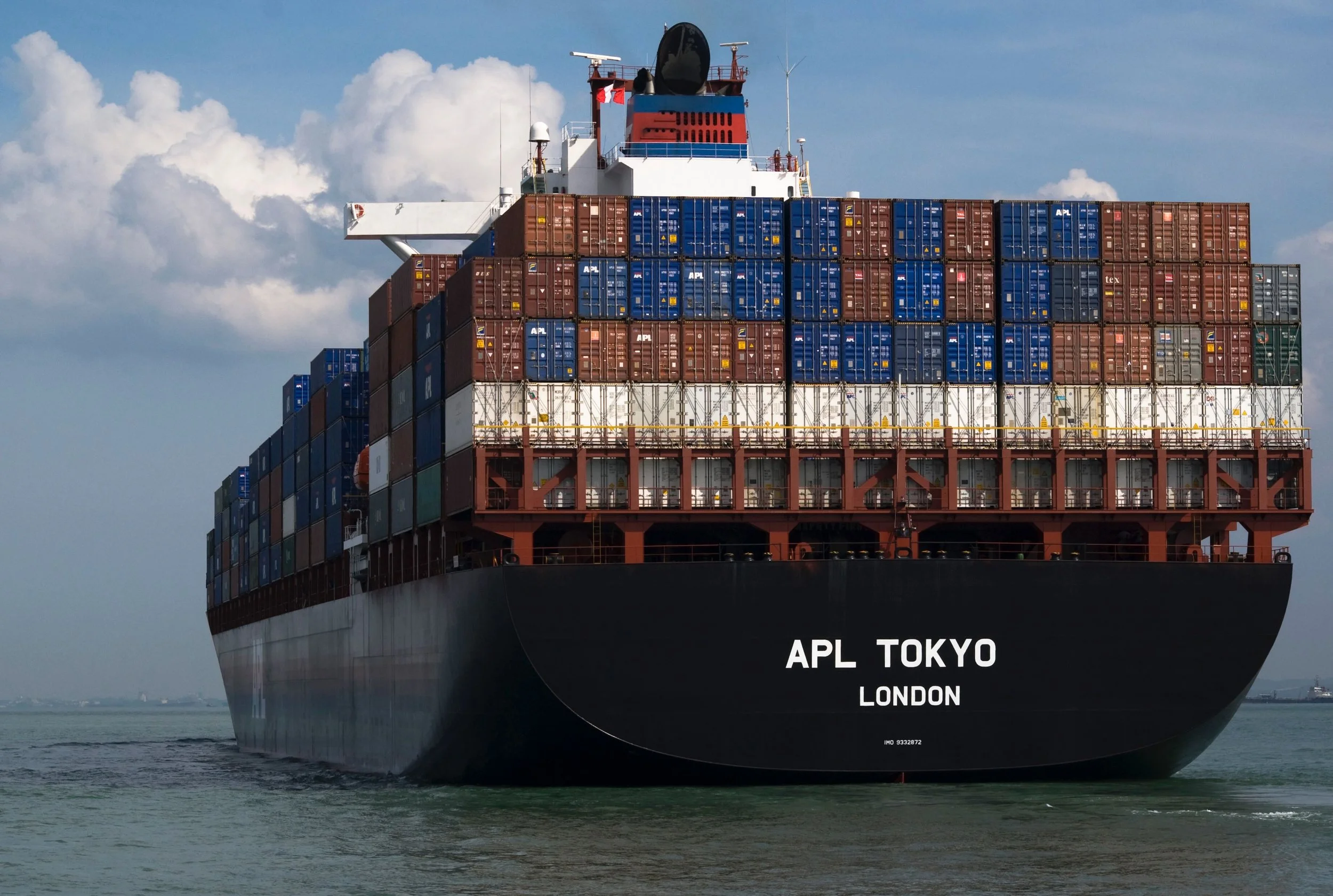The importance of strategic stakeholder engagement: More than who you know
Whether in business, politics or international relations, the importance of knowing people cannot be underestimated. Yet, as a skill, stakeholder engagement is often not given the respect it deserves, even though, from a strategic point of view, leaders in this field can bring people and organisations together, build and create partnerships and deliver growth.
Today, strategic stakeholder engagement is a discipline that focuses on ‘identifying, understanding, and interacting with individuals or groups who have a stake in or can influence the outcome of a business, investment, political, or international relations initiative.’ At the heart of this discipline is the ability to think strategically while focusing on the desired outcome. Stakeholder engagement is not just about relationships; it is also about the ability to gain insight and knowledge and design a route to the outcome that your organisation or client requires that meets their interests and/or concerns.
In my 25-year career to date, 15 of which have supported and advised governments and investors in the UK and internationally, I have had the privilege of sitting at the top table and advising on opportunities and mitigating risk. Designing routes to mitigate risk or deliver growth is challenging. It requires not just a lot of knowledge and insight but an understanding of people and the landscape in which they and their organisations work.
The Importance of Strategic Stakeholder Engagement
Above all, strategic stakeholder engagement is more than just a communications or public relations exercise; it is a fundamental component of effective leadership.
Knowing your stakeholder's likes, dislikes, aspirations, and motivations is vital when delivering solutions, value and growth.
Equally, knowing their reputation and trust, as well as the risk around prospective individual or commercial partners, helps identify routes for policy development and growth. Awareness, perception and reputation are critical when developing policy or investigating partnership opportunities. It is imperative not to think in silos.
As an advisor, when asked how best to deliver an outcome, whether reputational or financial, I look at stakeholders and the opportunities that each identified can provide to prospective clients. Specifically, I consider how to:
The Landscape: Who are the stakeholders in the market, what is the history, how are they perceived, and what are the areas of commonality?
Reputation: What is a client's reputation and level of trust, and how can we build trust and credibility among key stakeholders and audience groups?
Mitigate Risks: What risks exist within the organisation, and how can these be mitigated? And if the appropriate risk management will deliver confidence amongst audiences and stakeholders, not just legally.
Improve Decision-Making: What insight can be gathered for internal decision-makers to make better strategic decisions?
Foster Innovation: What culture exists within prospective partner organisations or international markets? Are stakeholders keen on collaboration, and if not, how can they be incentivised to partner so that prospective solutions can deliver rewards and growth for stakeholders?
The Strategic Components Of Strategic Stakeholder Engagement
Strategic stakeholder engagement and advisory require six key areas of work. These are:
Identification and Mapping: Recognising who an individual or organisation’s stakeholders are, as well as their interests, influence, and impact on the client and/or project.
Communications: Ensuring clear, transparent, and consistent communication tailored to different stakeholders' needs.
Culture: Whether management, leadership or international culture, knowing how your prospective partner works and the ethics and values is critical.
Relationship Building: Developing trust and mutual respect through ongoing engagement, dialogue and understanding.
Feedback and iteration: Incorporating stakeholder feedback into strategies and being flexible enough to adapt plans based on stakeholder input. In digital service design, this involves ongoing insight gathering and user research. The same techniques can be used when mapping a router to growth.
Monitoring and Evaluation: Continuously assessing the effectiveness of engagement strategies and make necessary adjustments to ensure that all parties are where they need to be and are getting the value they see.
Having a clear understanding of the issue, the outcome, and the market is paramount for an advisor to be able to deliver counsel to decision-makers.
The value of strategic stakeholder engagement delivers
An individual or an organisation's relationships can add financial or reputational value or, ideally, both.
Look at investment firm Blackrock, which, in its 2018 Letter to CEOs, its CEO Larry Fink, highlighted the growing importance of purpose and long-term sustainability. Fink urged companies to serve a social purpose beyond profits.
The following year, in 2019, BlackRock announced that it would double the size of its ESG-focused exchange-traded funds (ETFs) and enhance the transparency of its voting records on ESG issues. The year marked a more aggressive push into ESG (Environmental, Social, and Governance) as BlackRock responded to growing client demand for sustainable investing.
The following year, in 2020, Larry Fink explicitly stated that climate risk is investment risk. BlackRock is committed to making sustainability its new standard for investing. This included exiting investments in companies that generate more than 25% of their revenues from thermal coal production, launching new investment products that screen fossil fuels, and increasing its offerings of ESG ETFs.
Even on such a polarising subject, an issue that shouldn’t be so polarising, Blackrock has taken an aggressive lead in focusing on ESG. While this has led to backlash from various political and activist groups, the firm continues to command strong trust among institutional investors due to its scale, expertise, and performance.
Its leadership in ESG investing has additionally attracted significant capital, reflecting investor confidence in its viewpoint and strategies.
Behind the scenes, the firm’s leadership has had to connect and listen to engagement at a strategic level.
What you now see is similar investment firms adopting more confident strategies.
Sovereign Wealth Funds (SWFs) also increasingly recognise and integrate ESG factors into their investment strategies. While their reputation in this area varies, many SWFs, particularly from regions like Europe and the Middle East, are seen as leaders in sustainable investing.
Funds such as Norway’s Government Pension Fund Global and Singapore's GIC have set high standards for ESG practices, prioritising long-term sustainability and ethical governance. However, some SWFs face challenges balancing ESG goals with financial returns, especially in regions where economic priorities may differ.
Looking at business, investment, policy development and international relations, these are the specific value-add returns that organisations can gain by strategically engaging stakeholders:
Risk Management: Engaging stakeholders helps anticipate and mitigate risks by addressing concerns before they escalate into significant issues.
Reputation Management: Positive stakeholder relationships can enhance a company’s reputation, leading to greater customer loyalty, more accessible access to capital, and better market positioning.
Innovation and Growth: Stakeholders often provide valuable insights and ideas to drive innovation and open up new business opportunities.
Investor Confidence: Transparent and consistent engagement with investors builds trust and can lead to more stable and long-term investment.
Sustainable Investment: Engaging with stakeholders ensures that investment strategies align with social and environmental values, which is increasingly essential in today’s market.
Regulatory Compliance: Proactive stakeholder engagement can help investors stay ahead of regulatory changes and avoid potential compliance issues.
Policy Support: Engaging key stakeholders, including voters, interest groups, and other political actors, is crucial for gaining policy support and ensuring their successful implementation.
Social Cohesion: Effective stakeholder engagement helps bridge divides, build consensus, and maintain social cohesion, particularly in diverse or polarised societies.
Legitimacy and Accountability: Politicians who engage stakeholders effectively are seen as more legitimate and accountable, which can strengthen their mandate and public trust.
Diplomatic Relations: Strategic engagement with stakeholders in international settings, such as governments, NGOs, and multinational organisations, fosters cooperation and trust, which is essential for successful diplomacy.
Conflict Resolution: Involving stakeholders in international conflict zones or disputed areas can be vital to achieving sustainable peace agreements.
Global Cooperation: Engaging a broad range of international stakeholders is crucial for addressing global challenges like climate change, security, and trade.
Strategic stakeholder engagement is critical for organisations and their leaders in today's complex and interconnected world.
Organisations can identify new growth opportunities by cultivating strong relationships with key stakeholders, mitigating risks, and building a sustainable competitive advantage.
Designing routes to success requires not just an address book or knowledge of people but also the ability to think strategically and focus on designing journeys to success.






